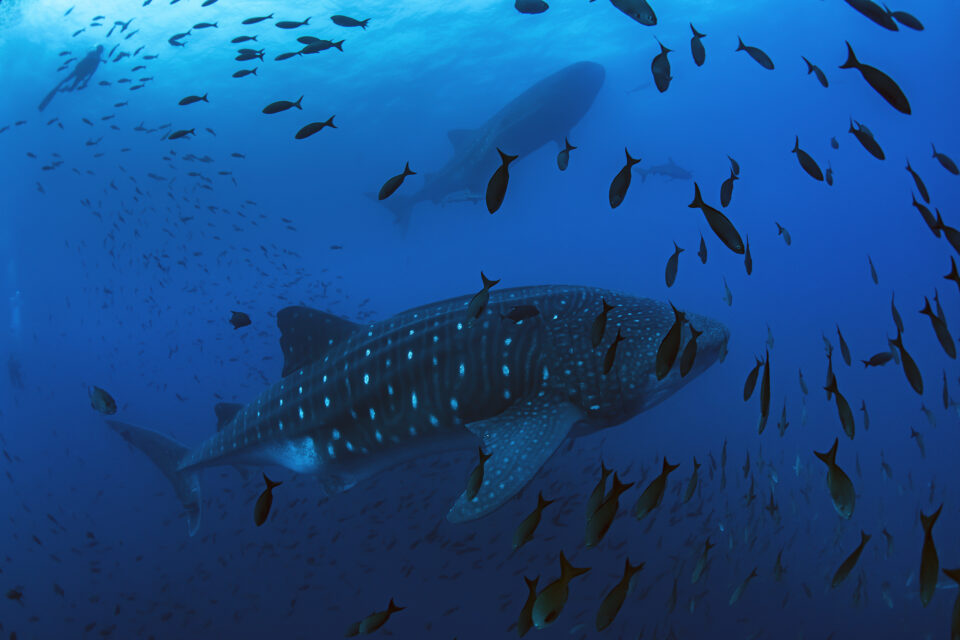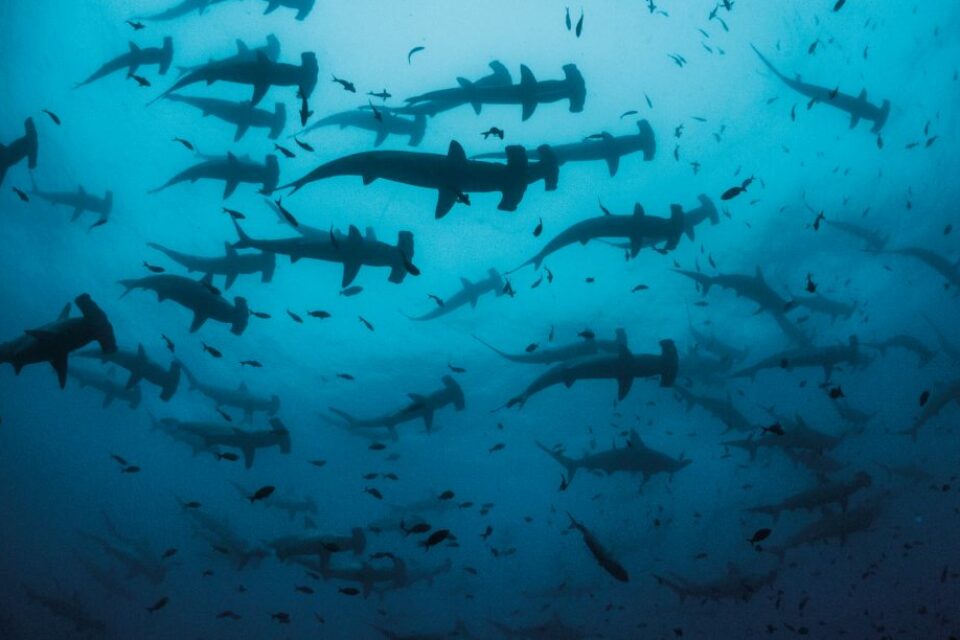

A week in the life of a female marine researcher
In our latest blog, Andrea Vera invites us to join her on a recent expedition, supported by GCT, to monitor marine species including one of the world's most curious creatures, the hagfish.
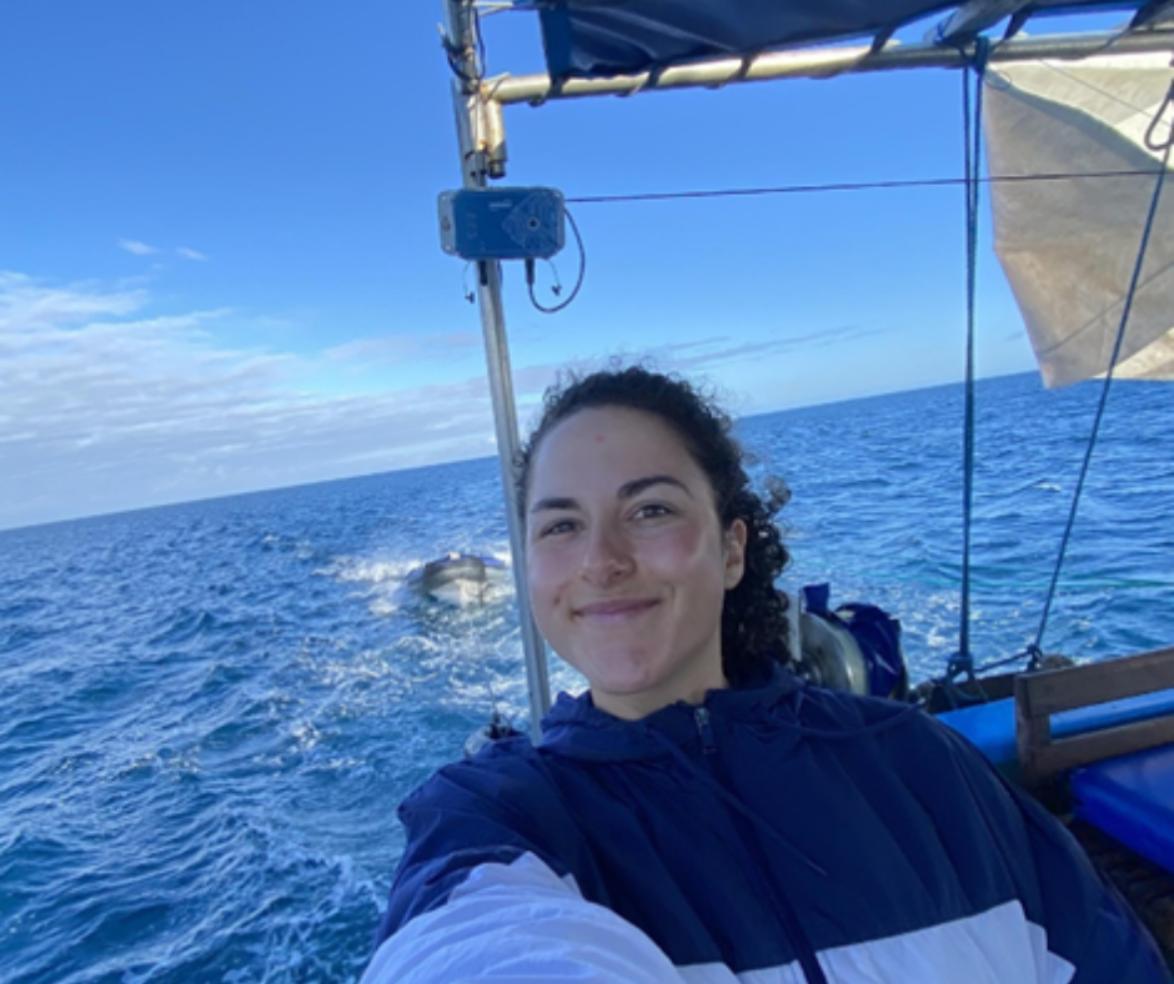
Day one at sea: 10/08/2023
I woke up early, around 6:30 am, to the sounds of people preparing for a busy day ahead! At 9:30 am, it was time to start prepping the baited remote underwater video systems (BRUVS), which consist of a camera and bait to attract marine species, including the world’s slimiest creature, the elusive hagfish.
That morning, we set up two deployments of six stereo BRUVS, which are used to record and identify species, which helps us monitor changes in species assemblages over time. We had to wait two hours for them to collect sufficient data, during which time we were lucky enough to see dolphins leap alongside the boat. At midday, we gathered the BRUVS and were surprised by a giant bucket of hagfish the specialist had caught. This was my first time seeing the species up close, and it was incredible to see just how much slime they produce. The specialist informed us that the slime, which hagfish use as a defence mechanism when attacked, is very similar to spider silk, which was surprising to learn.
That afternoon, I spent some time getting to know Grace, the only other woman on the boat. One of the best things about having to wait two hours between BRUVS deployments is that you get time to talk to each other and share stories, which helps give meaning to our work and ongoing efforts to protect the ocean.
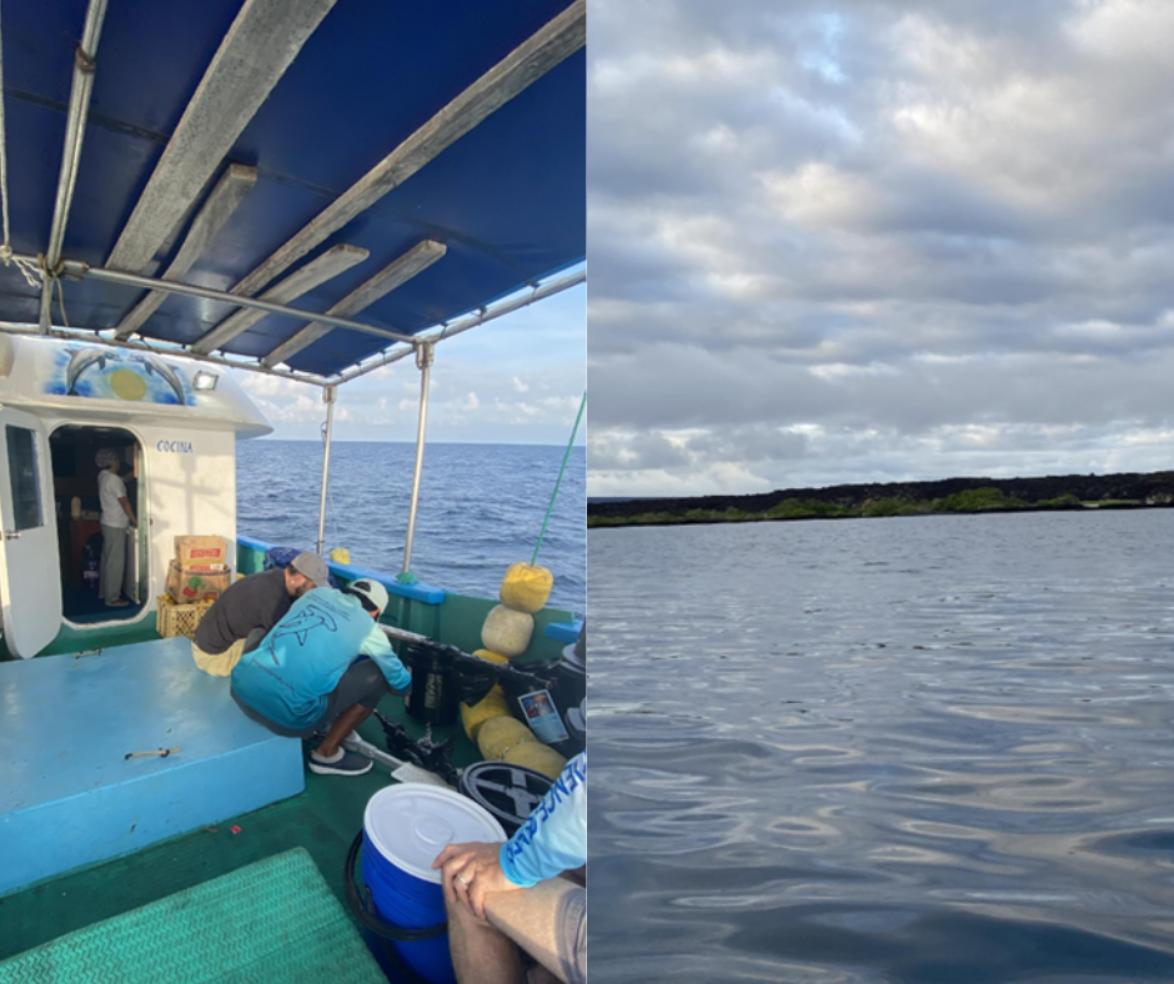
Day two at sea: 11/08/2023
Today was a really productive day! We spent the entire morning deploying BRUVS at our new survey site near El Edén, a sliver of volcanic rock located along the northwest shore of Santa Cruz. I have to say, the more I visit the Galapagos Islands, the more it amazes me. While waiting for the second set of BRUVS to finish recording, three curious sea lions popped up next to the boat to say hello, followed by three turtles swimming gracefully in unison; it was such a magical moment I’ll never forget.
It is so important to appreciate all marine life, even the smallest fish, corals and invertebrates.
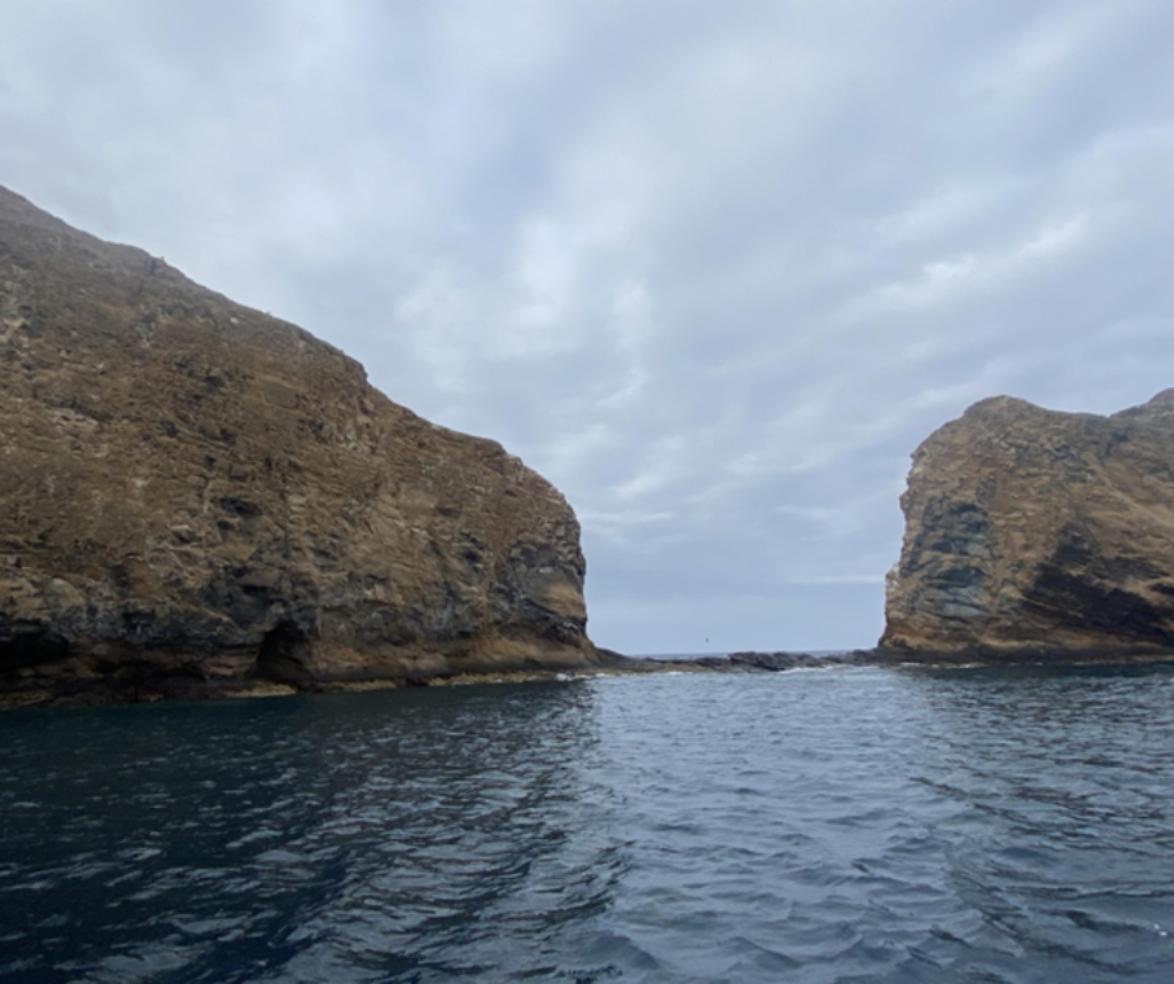
Day three at sea: 12/08/2023
Today’s sampling site was around Albany Islet, a small crescent-shaped rock northwest of Santiago island, filled with nooks and crannies that offer refuge to many species. During our morning BRUVS deployment, we were treated to an encounter with two humpback whales, a mother and her calf, at the start of its incredible migration journey.
Later that day, we embarked on a 15-hour voyage to our next sampling site near Punta Espinoza on Fernandina island. The long trip was daunting, but luckily, I had Grace to chat to the entire journey and BRUVS footage to review.

Day four at sea: 13/08/2023
After our morning BRUVS deployment, we got to go diving around Punta Espinoza, where we saw several weird and wonderful species, including octopus, starfish and slipper lobsters. That evening, it was my job to collect environmental DNA (eDNA) for the ocean. Environmental DNA is DNA that is released from an organism into the environment. I collected the eDNA by taking seawater samples, which will be analysed to help identify the species living below the waves. A highlight from the day was definitely the 200 hagfish our colleague had caught; once again, I was utterly overwhelmed by how much slime they could produce!
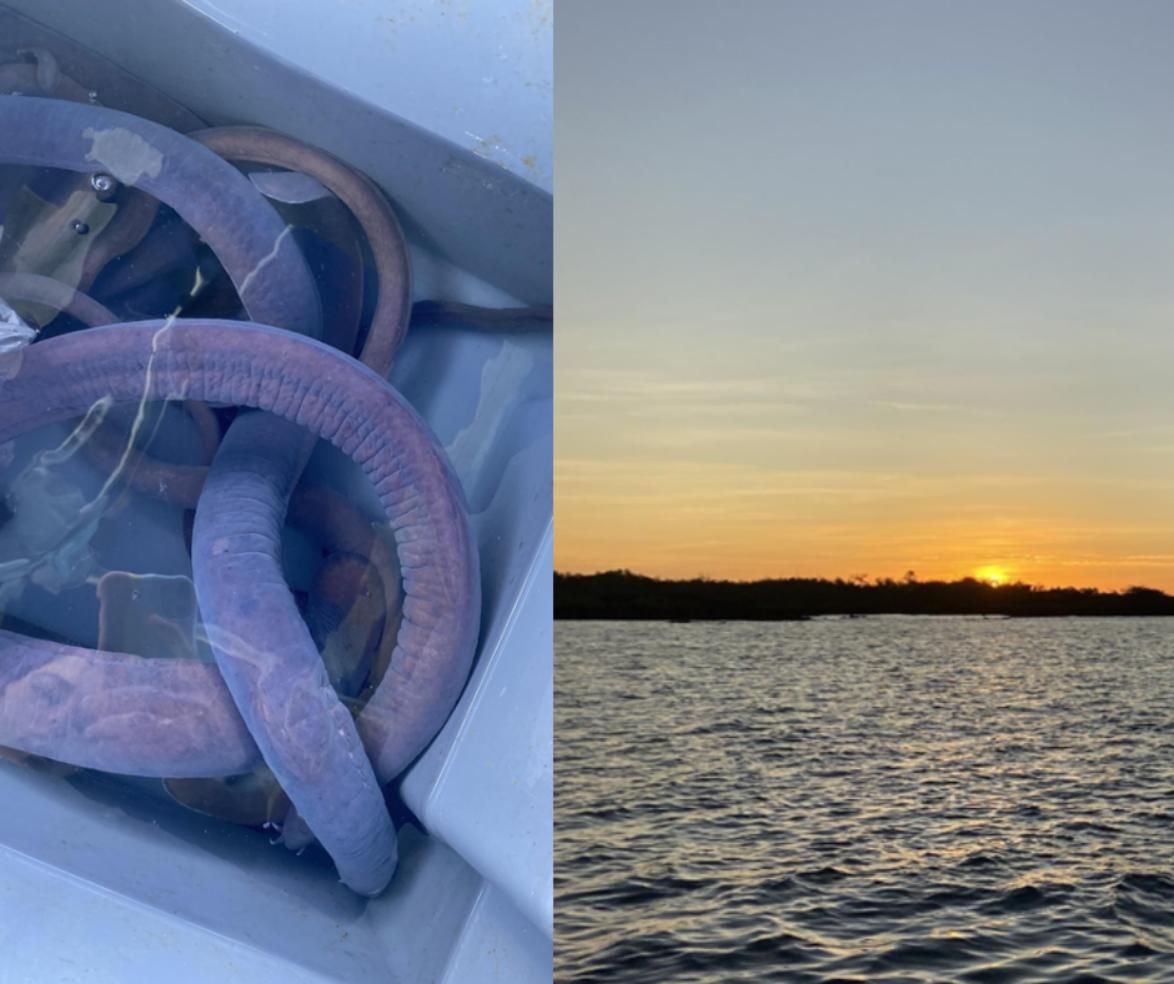
This trip has been filled with new sights and discoveries!
Day five at sea: 14/08/23
We spent the day at Punta Moreno, which is located on the north coast of Isabela island. That morning, I woke up slightly later than usual due to all the travelling we had done the night before. During our morning BRUVS deployment, the wind was incredibly powerful, creating large waves which crashed against the boat, making the deployment particularly challenging.
In the afternoon, we took measurements of the 40 slipper lobsters we’d caught during a dive the night before. Slipper lobsters look like something out of the Jurassic era, a pre-historic creature frozen in time! We measured them to help determine their age and health; our team leader, Alex Hearn, had never recorded so many small individuals before, which was an interesting surprise for him.
In the evening, while everyone else was out on a night dive, I continued filtering seawater for eDNA, a vital job requiring a lot of concentration and patience!

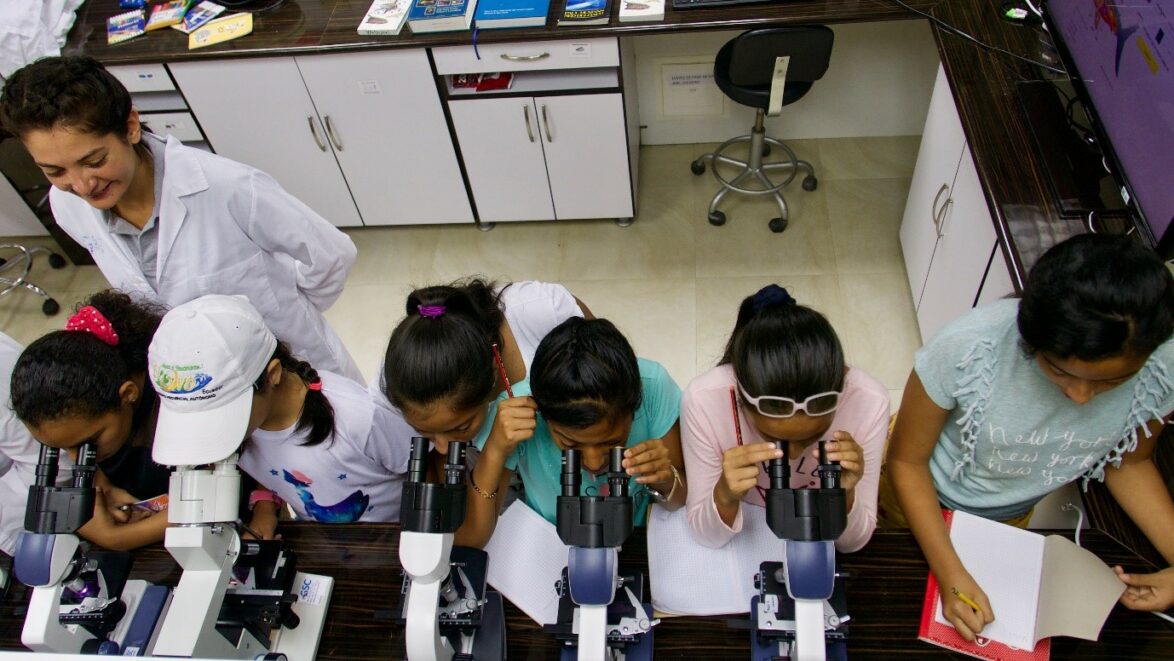
Celebrating women in science
According to UNESCO Institute of Statistics data, less than 30% of the world’s scientific researchers are women. Meet some of the women leading the fight to restore and preserve the Galapagos Islands.
Day six at sea: 15/08/2023
Today was sadly our last day of work, which meant an early start to go and collect the BRUVS, followed by our final eDNA collection in Elizabeth Bay, located on the west coast of Isabela island. At 8:00 am, with the sun shining down on us, we deployed our last set of BRUVS.
Whilst they were collecting the video data, Grace and I decided to go free diving around the Marielas Islets on Elizabeth Bay. We were joined by penguins and cormorants diving for their dinner. A moment I’ll never forget was seeing a majestic spotted eagle ray feeding below us, utterly unbothered by our presence. At that moment, I was reminded that humans are mere visitors beneath the waves and must treat the ocean and its inhabitants with complete respect.
Later in the day, Grace wanted to learn how to filter the seawater for eDNA, which I was happy to teach her. I like that, as a group, we are all keen to share our knowledge and skills with each other.
Our last evening at sea was spent diving for slipper lobsters, which led to our final surprise of the expedition: the smallest lobster Alex had ever seen during his 20 years studying them. After our dive, we started the 40-hour journey back to San Cristobal and dry land.
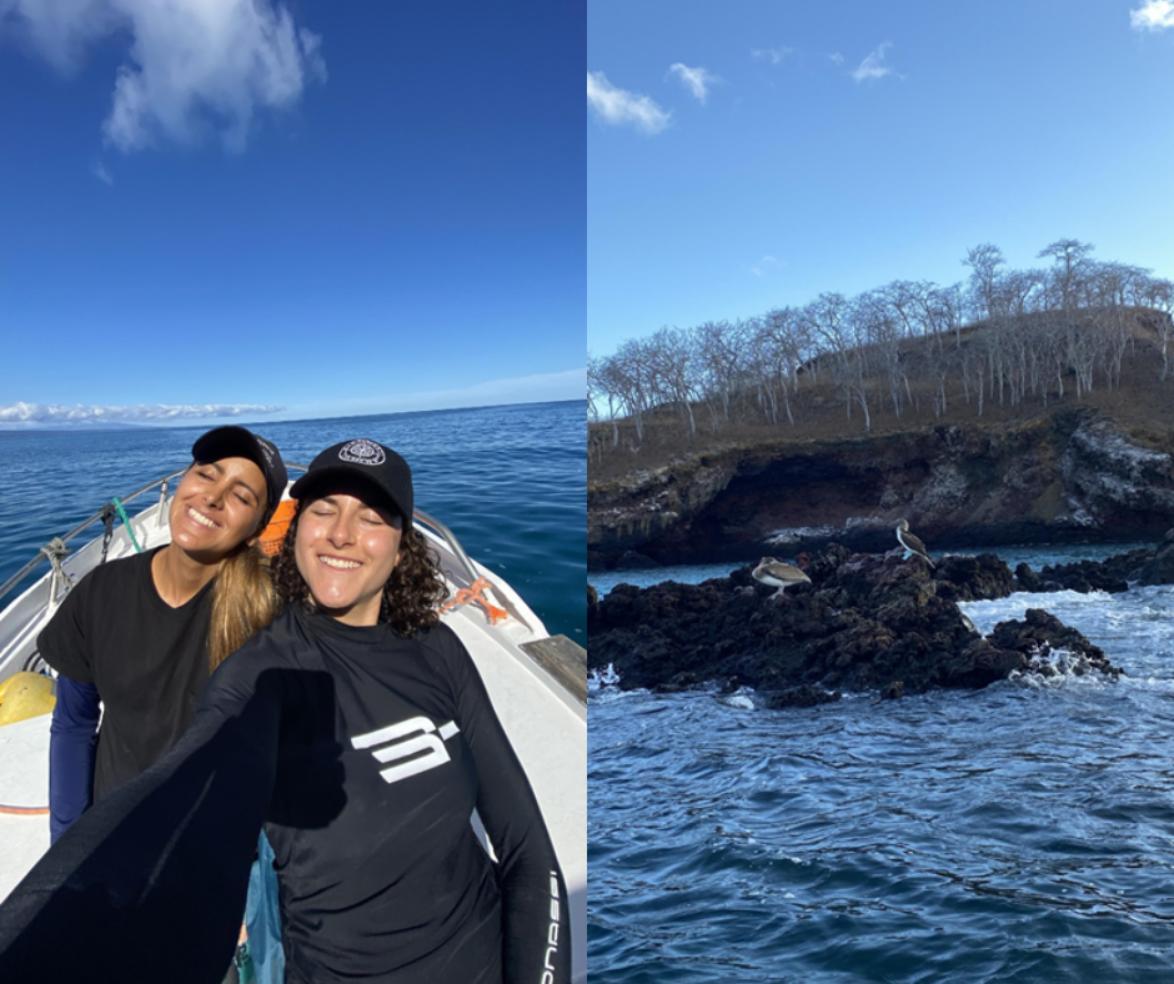
As nice as it was to be back on land, a part of me still wanted to be back out at sea!
What it’s like to be a woman in a ‘sea’ of men
Two women onboard a research vessel with 12 men, embarking on a seven-day adventure around the Galapagos Islands…what could go wrong?
Being a woman on a male-dominated expedition, there were times when I didn’t want to appear weaker than my male teammates, so I would work extra hard. Still, overall, there were very few occasions during the week where I felt a difference between the men and women, which was due to the team and crew being so incredibly welcoming.
Throughout the expedition, my confidence and knowledge grew; research expeditions can be physically and mentally demanding, but I am so grateful for the opportunity to participate in them and pursue my passion for conservation and ocean protection.
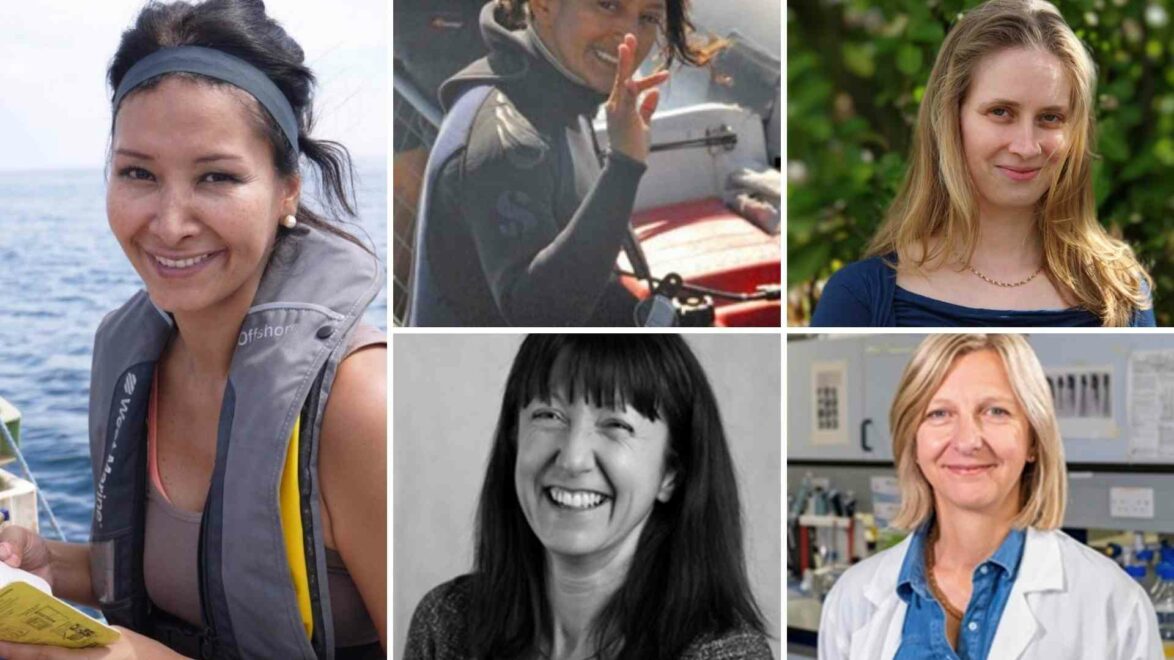
Celebrating the women leading the fight against plastic pollution
Meet some of the women leading the way towards an ocean free from plastic pollution.
Related articles

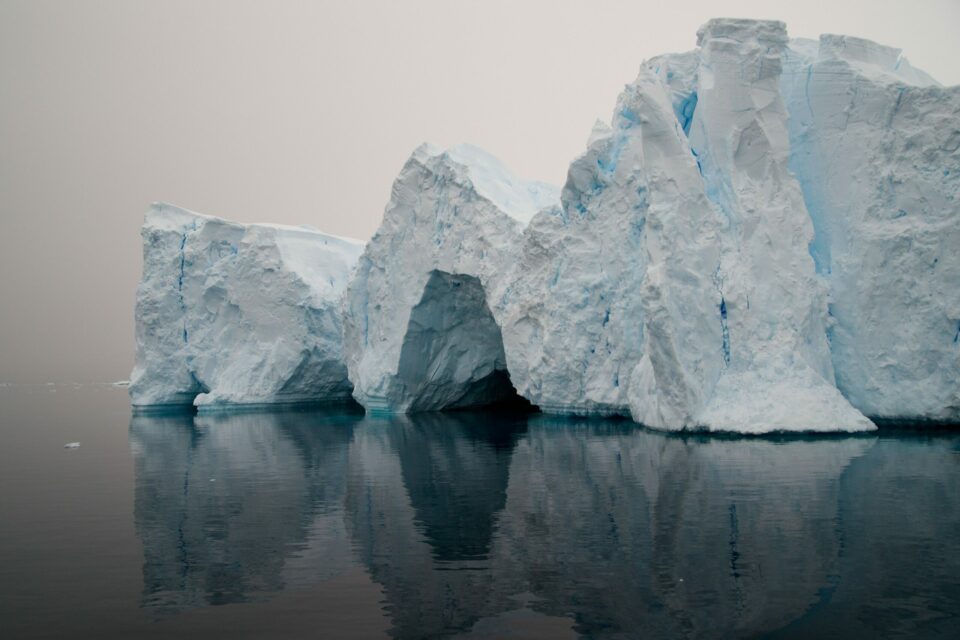
Galapagos and the Antarctic: A look beneath the surface
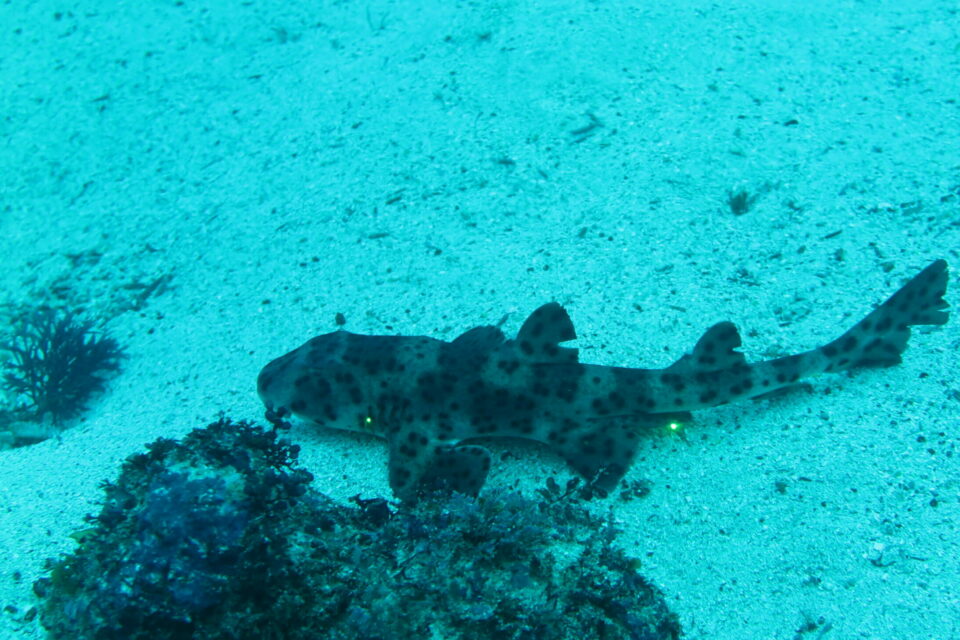
Galapagos Bullhead Shark Project: Citizen science in the Galapagos Marine Reserve
